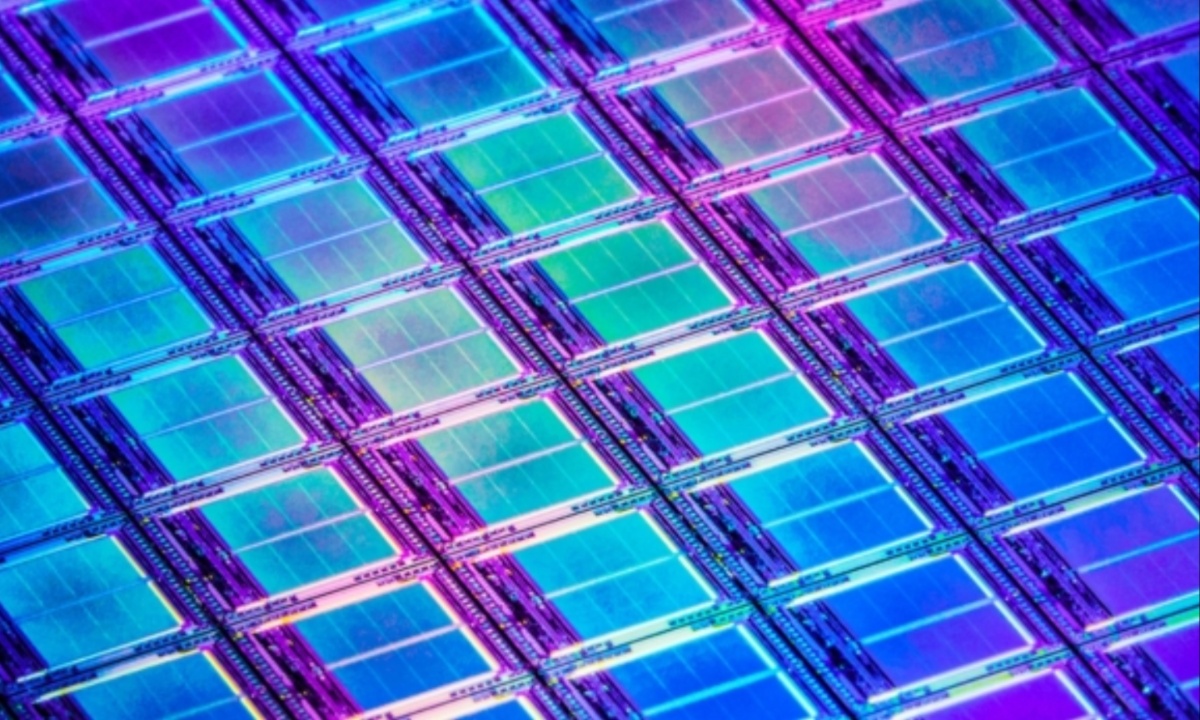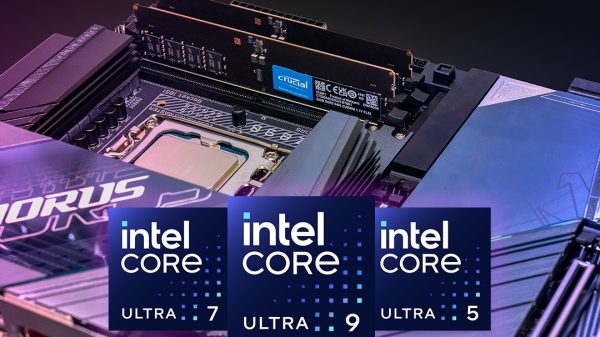The surge in artificial intelligence (AI) technology is not just driven by advanced processors from companies like Nvidia; the memory and storage components that support these processors are also poised for significant financial gains.
Recent projections suggest that both the DRAM (Dynamic Random Access Memory) and NAND flash industries are expected to see substantial revenue increases in the coming years. These components are crucial for the performance of AI systems, and their anticipated revenue growth indicates a lucrative period ahead for companies in these sectors.
According to a TrendForce report, DRAM revenue is forecasted to experience a remarkable 75% increase year-over-year in 2024, reaching $90.7 billion. This growth trend is expected to continue, with a further 51% rise projected for 2025, bringing DRAM revenue to an impressive $136.5 billion.
This boom is attributed to the growing demand for high-bandwidth memory (HBM), which, despite representing only 5% of total DRAM shipments this year, is set to contribute 20% of the revenue.

AI Technology Boosts Revenue for Memory and Storage Industries with DRAM and NAND Flash Set for Major Gains
The evolution of DRAM products plays a significant role in this revenue surge. Advanced DRAM technologies such as DDR5 for servers and LPDDR5/5X for mobile devices are driving the market. DDR5 is anticipated to make up 40% of server DRAM shipments in 2024 and 60-65% by 2025.
For mobile devices, LPDDR5/5X is expected to account for 50% of shipments in 2024 and 60% in 2025. These higher-end DRAM chips, which command premium prices, are further supported by restrained capital expenditures by manufacturers, which help limit supply and boost revenues.
NAND flash storage is also set to benefit significantly from this tech boom. The revenue for NAND flash is projected to increase by 77% in 2024 to $67.4 billion, with another 29% rise expected in 2025, pushing it to $87 billion.
This growth is driven by the adoption of high-capacity QLC (Quad-Level Cell) NAND enterprise SSDs in AI data centers, particularly for inference tasks. Major cloud providers are already deploying these high-density drives, and there are indications that Apple might adopt QLC NAND in future iPhones starting in 2026.
Despite the financial windfall for memory and storage manufacturers, the report highlights potential downsides. The increased revenue could lead to higher component costs for device makers, as these elevated prices are likely to be passed on to consumers. This could put upward pressure on the retail prices of smartphones, PCs, and servers, potentially affecting overall market affordability.








































